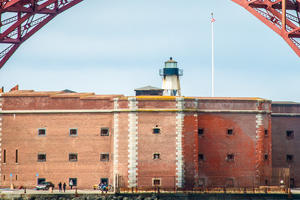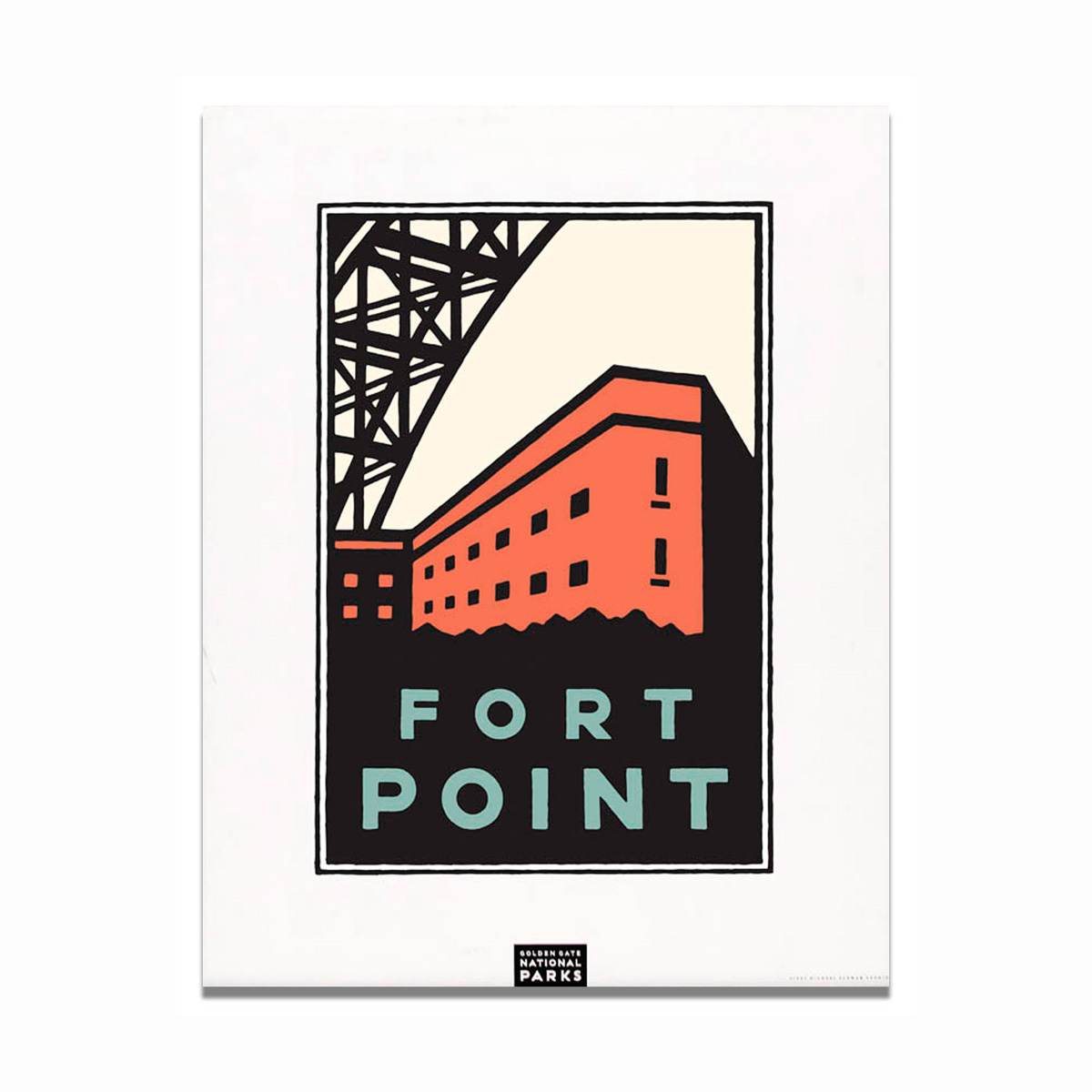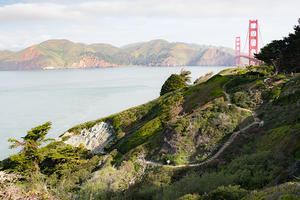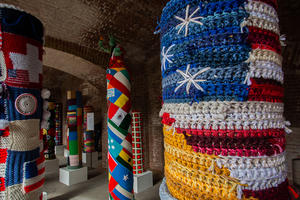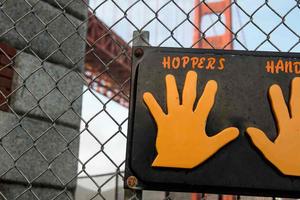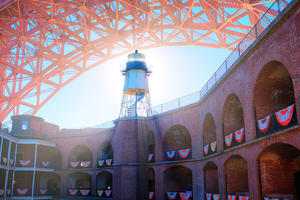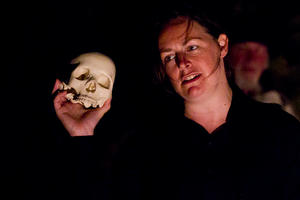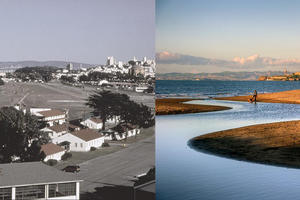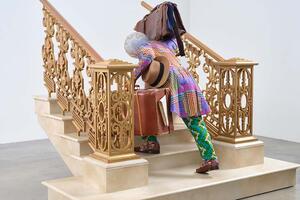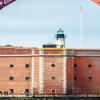
You are likely to award this National Historic Site as having the most astonishing view of the Golden Gate Bridge. A Civil War-era brick fort, it lies directly below the southern end of the span. Check for tours, especially candlelight evening ones, cannon drills, and annual Civil War reenactments. Interestingly, no military action ever occurred here. Completed in 1861, Fort Point never saw action during the Civil War, and the advent of rifled artillery soon rendered this type of fortification obsolete. During construction of the Golden Gate Bridge, Chief Engineer Joseph Strauss redesigned the bridge to preserve the fortress as a “fine example of the mason’s art.”
Plan Your Visit
- During the dark winter months, the Candlelight Tour of Fort Point is a popular guided program that allows visitors to experience the fort in a new light. This evening tour will maze through the shadows of the historic structure by candlelight and visitors will see the glimmering lights of the Golden Gate Bridge towering up above them. Registration required. Reserve your spot.
- Acquaint yourself with the fort’s Civil War heyday through the guns, cannon, uniforms, and photos on display.
- Discover the fort by the beauty of candlelight on a ranger-led winter-night tour.
- In spring, summer, and fall, rangers demonstrate how to catch crabs from the pier.
- Explore the powder magazine, kitchen, officers’ quarters, and soldiers’ barracks.
- Take the spiral granite staircase to the top barbette tier for a unique below-the-bridge view.
- Park at the Marine Drive lot.
During the War of 1812, the British landed in Chesapeake Bay and marched straight into the nation’s capital. To prevent future embarrassments, President Madison ordered a new system of forts (known as the Third System) to guard the nation’s seaports. Completed in 1861 at a cost of $2.8 million, Fort Point was the only “Third System” fort built on the Pacific Coast.
During the Civil War, 140 soldiers manned Fort Point, which was armed with 65 heavy artillery cannons, four flank howitzers, and five coehorn and six siege mortars. Although Confederate forces never attacked the fort, its walls could have theoretically withstood the impact of 10,000 cannonballs before giving way.
However, the invention of rifled cannons—capable of breaching brick walls—rendered the structure vulnerable. After the Civil War, Fort Point was intermittently garrisoned, and saw its last active duty in World War II.
Events
Find your passion through the many events available at the park.

